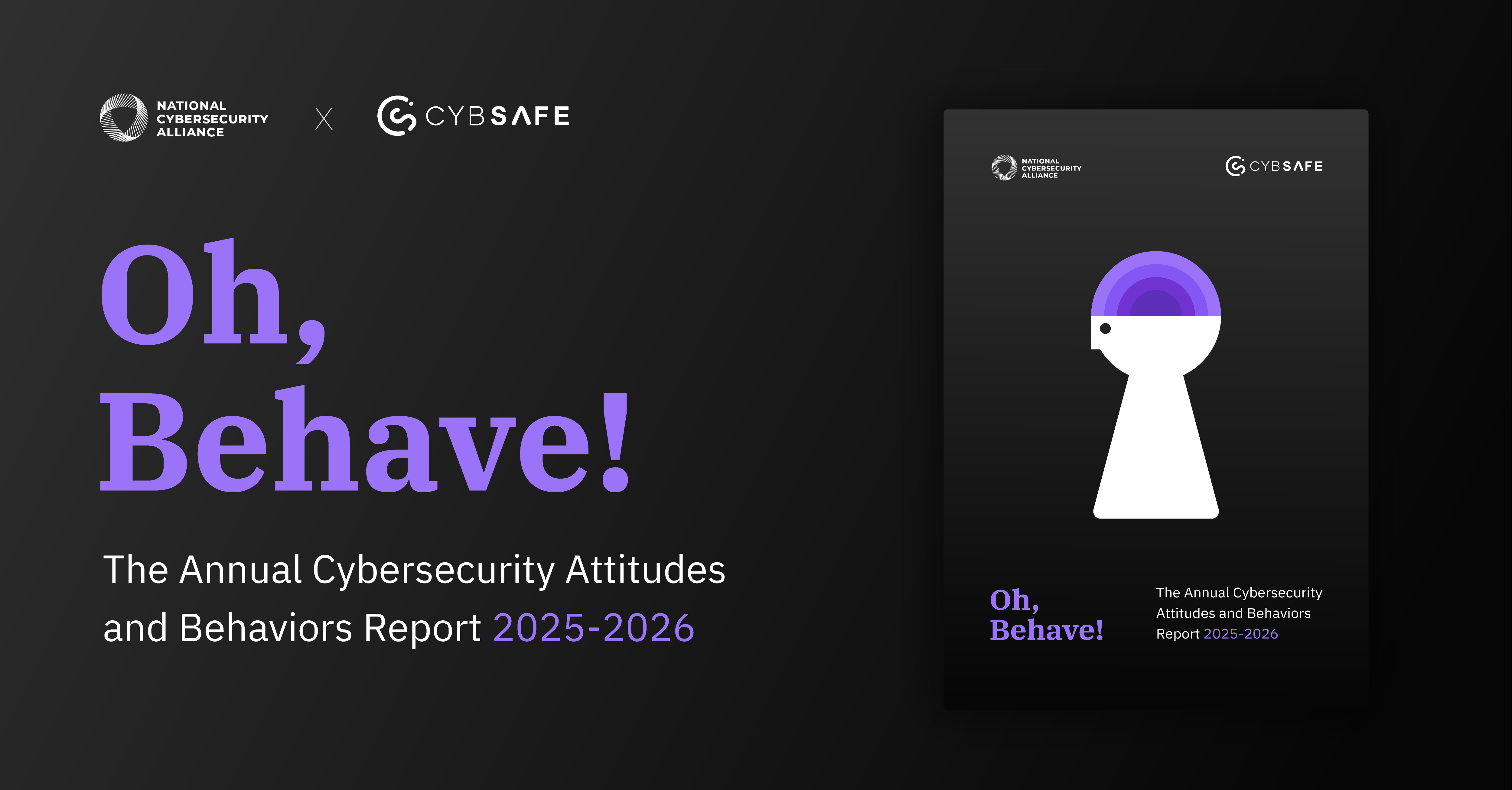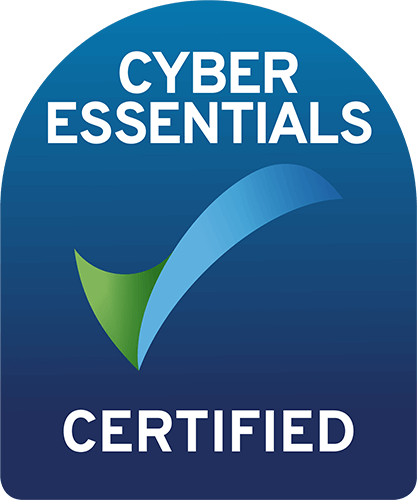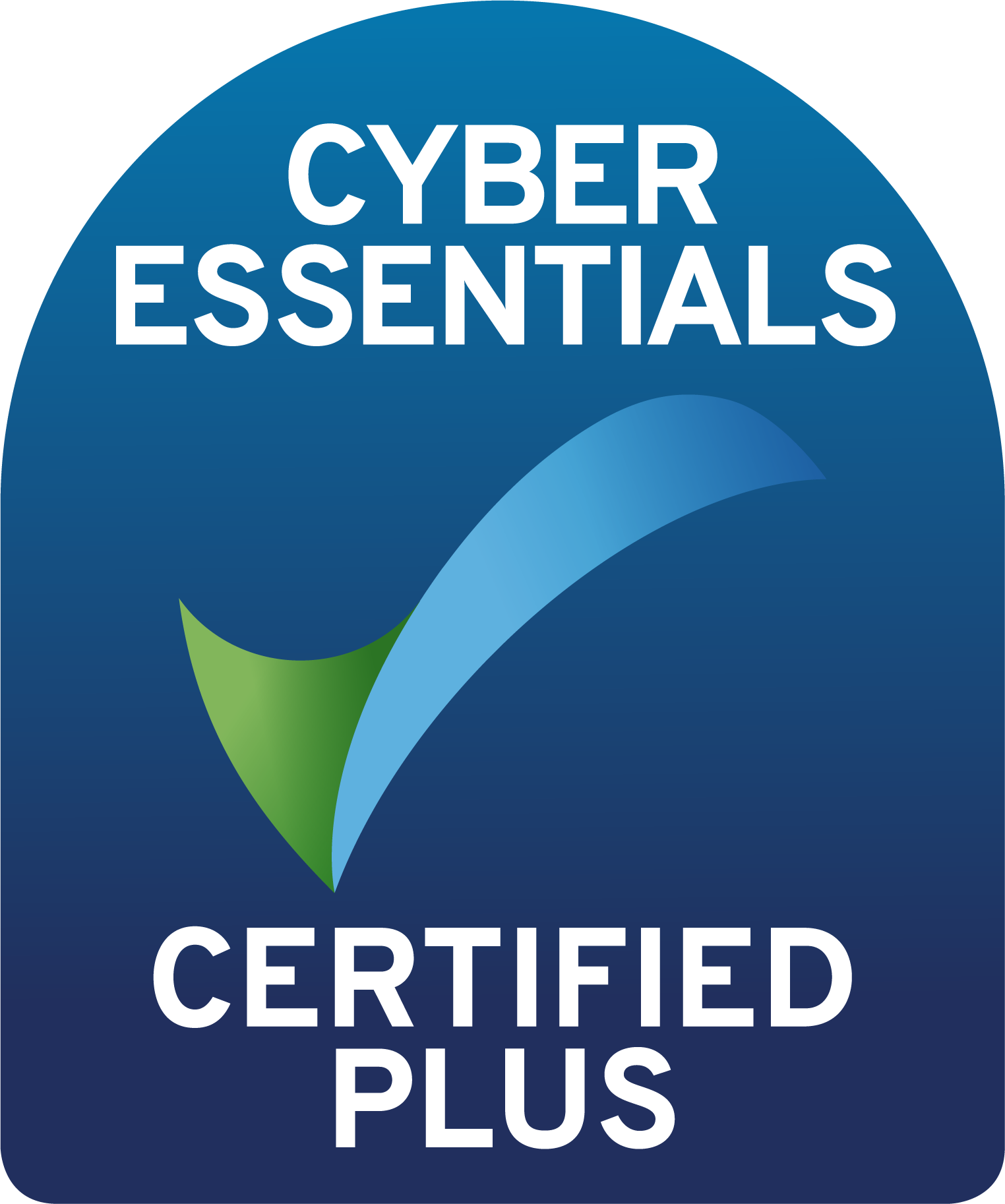Hosted by CybSafe, IMPACT is the free, annual event that shines a spotlight on the latest research into human factors and cybersecurity. Imagine a room (or two) full of the world’s leading security minds, all dissecting the human side of cybersecurity. This report is your cheat sheet to the biggest takeaways in human cyber risk. No fluff, just the juicy bits.
Training isn’t cutting it. Dashboards aren’t telling us what we need to know. And the phrase “human error” is doing a lot of heavy lifting.
But something is shifting. Human Risk Management (HRM) is being talked about everywhere. Yet, no one’s nailed down exactly what it means …yet.
We’re not going to pretend that this whitepaper has the final word. But what it has is even better. It’s packed with the voices of the professionals who are defining it and shaping it as we speak.
Bringing together hands-on practitioners, CISOs, and behavioral scientists, Rebooting Risk captures what’s broken, what’s shifting, and what needs to happen next. It cuts through the noise, unpacks the two dominant schools of HRM thought, and sets out a science-backed approach to managing cyber risk through behavior.
What you’ll gain:
- See why SAT’s falling short, and what’s needed instead
- Understand the two dominant schools of HRM thought
- Hear direct quotes from real practitioners at the sharp end of the field
- Access CybSafe’s evidence-based blueprint for HRM
- Explore links to resources, research, tools, and practical frameworks
This whitepaper is for:
- CISOs and security leaders looking to evolve their people strategy
- Awareness managers who know tick-box training isn’t enough
- Behavioral science and human cyber risk pros shaping new models
- Anyone working to translate awareness into meaningful risk reduction in their organization
Why this whitepaper is useful:
This resource is designed for security professionals seeking to:
- Reduce human risk by moving beyond completions and focusing on the behaviors that lead to real incidents
- Influence behavior by understanding what drives decisions under pressure and applying science that actually works
- Embed HRM into strategy so it becomes part of your security program, not a disconnected initiative
- Leverage science and data to connect behavioral insights to risk reduction and measurable outcomes
- Build for impact by designing interventions that shift behavior and lower risk, not just tick boxes









